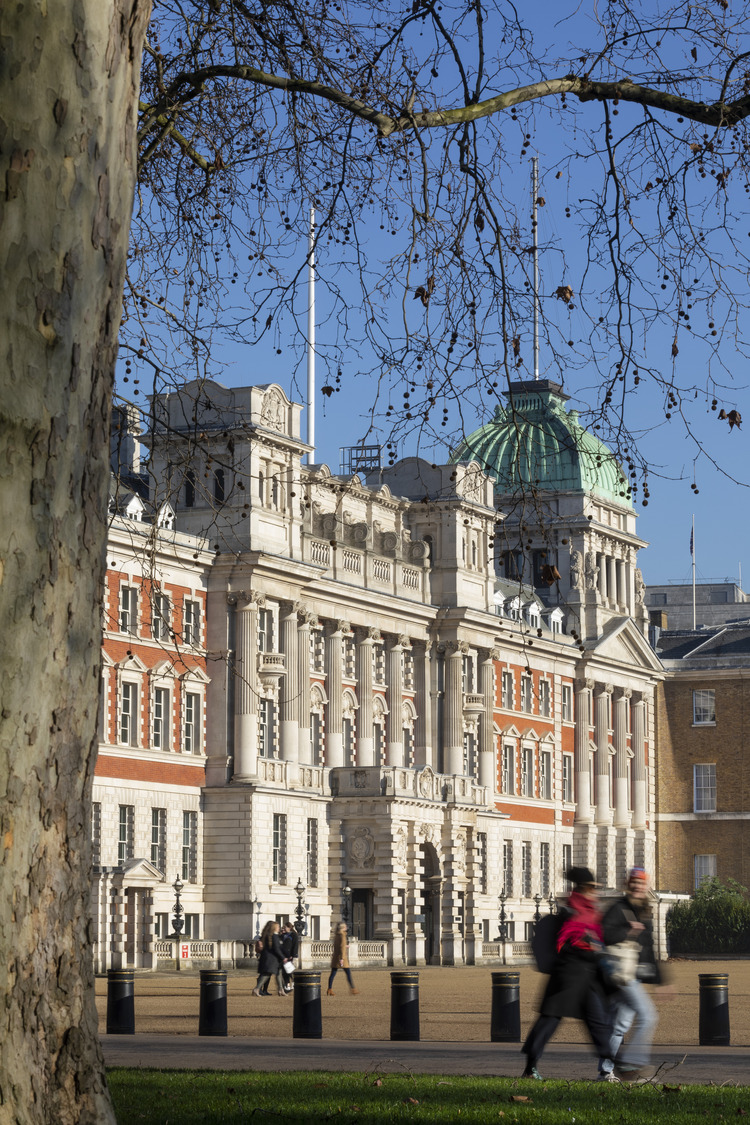Insights
How will it work in workplace? Retro-Fit for the future: pt 2.
Thinking from our retrofit-roundtable event.
This insights series shares the thinking from our recent workplace event, which brought together experts from across development, investment, architecture, and project management.
Our lively discussion covered three retrofit topics: the economic imperative, the role of social value, and the factors for success.
Part 1 explored the question – can we afford not to retrofit? Here, we look at the conversations that came out of conversations about social-value and creative approaches.
2. What role does social value play in retrofit?
There have been trends cited of late that the workforce is ever-more cognisant of the sustainability and social credentials of their employers, with some opting to change employer as a result. This can relate to any manner of things, including the buildings that the employers occupy. We can capitalise on this narrative through the retrofit of our existing building stock…
Not only does the retention and re-use of such buildings have inherent carbon benefits but it also creates a sense of place within and for an inter-generational community. Particular buildings can enhance people’s sense of place and identity, thus inherently contributing to the cultural fabric of society.
This is often most prevalent when considering the cultural impact of historic buildings and their place in communities.

But how do we expand on this in the case of individual buildings? The theme arising from the event was in relation to understanding what communities and building occupiers need and how to improve their lives through focussing on quality. This raised the question of ‘what is the definition of quality?’ This definition will of course vary by person, and communities can change over the course of a development…
The key to unlocking this potential way to add value therefore rests in creating flexible and adaptable spaces; but also bringing more diverse stakeholders into the planning of a development to get the best for all.
3. Is creativity the key to successful retrofit?
If we start from the beginning, the most efficient way to use an existing asset is to fit the use to the space, as opposed to forcing the space to adapt to a use it’s not best suited to. There are of course means to deliver the latter, however this will inherently incur a greater level of intervention than if the former were pursued. In order to do this, the approach to the project process was debated – does it need a shake up?
Should developers and investors be engaging multi-disciplinary design teams from project inception to evaluate how best to use a building before they do anything else? In short…yes!
This would help to develop a more coordinated brief from the outset and afford the teams time and space to evaluate the best and most efficient use of the building.
Creative collaboration
This will require creativity from the outset, and not just from the architect, as has so often been the case in the past. Such an approach will bring together expertise from a range of disciplines to re-think buildings from the start of the process, in new and innovative ways. We all need to think more creatively. The extent of this creativity was another debated topic – ranging from space use and the physical approach to space planning the building, to how the brief is finalised:
- Can conditions be relaxed to lower systems loads?
- Can we introduce variations in approach in response to building challenges and constraints?
- Should we be more creative in how we approach a brief, bringing a psychologist or anthropologist into project teams to better evaluate how to improve the social value of a project?
- Should we consider who the real owners of the buildings are, i.e. legal ownership versus actual, vested ownership?
- Can input from those who will be living with these buildings and enjoying them for years to come (or not, as the case may be), help teams be more creative?
Key to channelling all of this enhanced creativity would be setting aspirational targets to achieve a primary objective; the primary objective being something that would help guide the decision-making process through the life of a project from inception to delivery.
What next?
The event bore more questions than answers in some ways, however what was clear was that there was a need to think differently across the full lifespan of our retrofit projects. Each of these existing buildings will no doubt have their parallels, however in essence they are all unique and should be treated as such. In addition, each building will have its own history and sense of place and attachment within the local community, something that could be considered in more depth through the multi-disciplinary team approach highlighted above.
A true multi-disciplinary team would enable existing-building projects to think beyond risk mitigation. Better yet, it should seek to creatively add value financially, environmentally and socially across all facets of a project/development.